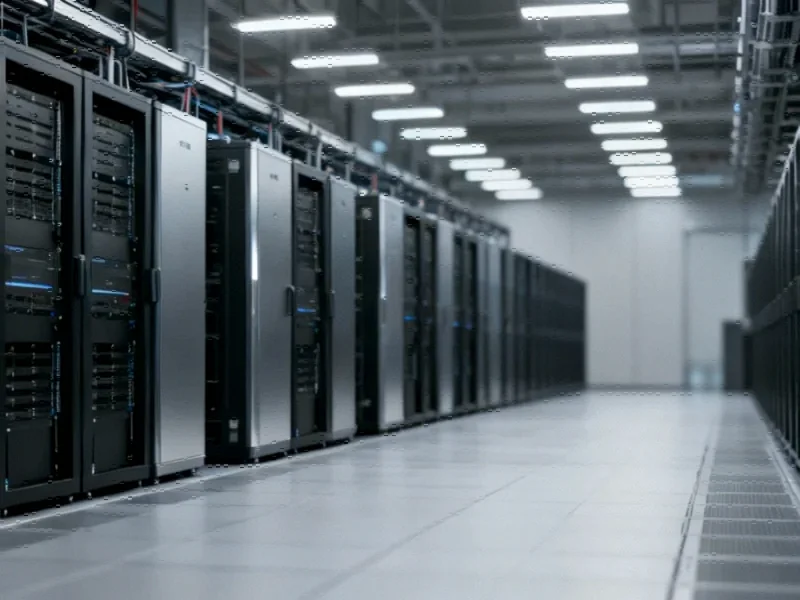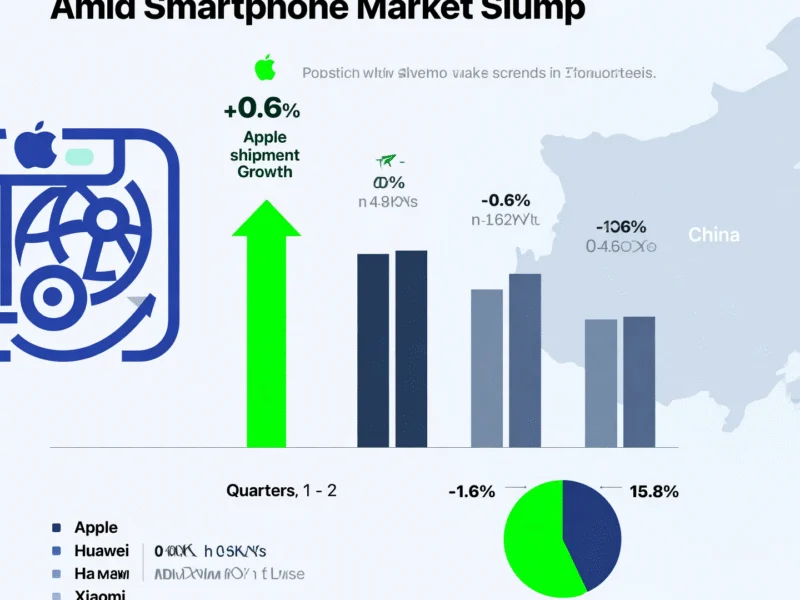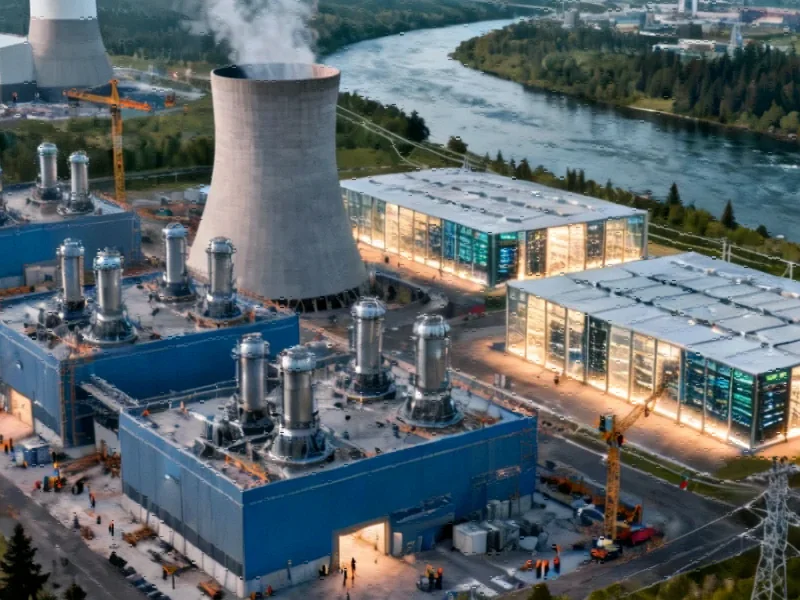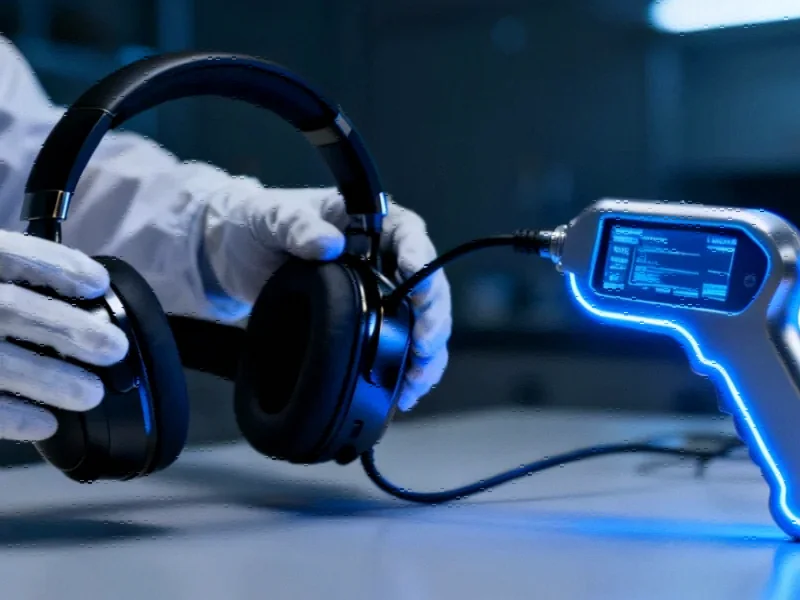The AI Hardware Revolution Driving Unprecedented Growth
While much attention focuses on AI software and algorithms, the physical infrastructure powering this revolution is experiencing its own remarkable transformation. South Korean PCB manufacturer ISU Petasys has become one of this year’s standout performers, with shares skyrocketing 215% as demand for AI server components reaches unprecedented levels. The company supplies critical multi-layer printed circuit boards to technology giants including Alphabet, Nvidia, and Microsoft – companies at the forefront of the artificial intelligence boom.
This explosive growth reflects a broader market trend where hardware manufacturers supporting AI infrastructure are seeing valuations soar. As AI models grow increasingly complex and computationally intensive, the demand for specialized PCBs capable of handling high-speed data processing has created a supply chain bottleneck that companies like ISU Petasys are uniquely positioned to fill.
Understanding the Technical Edge in AI Hardware
The specialized nature of AI server PCBs requires advanced manufacturing capabilities that relatively few companies possess. Multi-layer PCBs for AI applications must accommodate significantly higher power densities, manage extreme thermal loads, and maintain signal integrity at speeds that conventional server components never encounter. This technical complexity creates substantial barriers to entry and gives established players like ISU Petasys a durable competitive advantage.
Industry analysts note that the company’s expertise in high-density interconnect technology positions it perfectly for the current AI infrastructure build-out. As one expert observed regarding advanced structural components, “The manufacturing precision required for cutting-edge technology applications separates market leaders from followers.”
Broader Technology Sector Implications
The remarkable performance of ISU Petasys shares reflects several converging trends in the global technology landscape. First, the AI hardware ecosystem is demonstrating that value accrues not just to algorithm developers but throughout the supply chain. Second, South Korea’s established leadership in advanced electronics manufacturing is proving particularly valuable in the AI era.
This growth occurs alongside other significant technology developments that are reshaping how users interact with digital platforms. The parallel evolution of both hardware infrastructure and user interfaces highlights the comprehensive nature of the current technological transformation.
Environmental and Infrastructure Considerations
The rapid expansion of AI computing capacity raises important questions about sustainability and environmental impact. Massive AI data centers require substantial energy resources and careful environmental planning, particularly as companies consider facility locations.
These considerations mirror challenges faced in other sectors, such as the complex decisions surrounding renewable energy infrastructure development. The suspension of major projects highlights the balancing act between technological progress and environmental responsibility that affects multiple industries.
Similarly, the geographic placement of AI infrastructure must account for emerging climate realities, including the challenges facing coastal urban centers that house significant technological assets. These parallel considerations demonstrate how technological advancement increasingly intersects with broader environmental and urban planning concerns.
The Scientific Foundation of Technological Progress
Understanding the fundamental science behind our universe often informs technological breakthroughs in unexpected ways. Research into areas as diverse as cosmic material origins can eventually influence how we approach material science and manufacturing processes here on Earth.
This intersection between pure scientific research and applied technology represents one of the most exciting aspects of modern innovation. As we push the boundaries of what’s possible with AI, we simultaneously expand our understanding of fundamental physical principles that may enable future breakthroughs.
Market Outlook and Future Trajectory
Looking forward, the prospects for specialized AI hardware manufacturers appear strong, though not without potential headwinds. The semiconductor industry has historically been cyclical, and the current AI investment boom will eventually face normalization. However, most analysts believe the structural shift toward AI-optimized computing represents a lasting transformation rather than a temporary trend.
Companies positioned at the intersection of multiple innovative technology sectors often demonstrate the most resilient growth patterns. The ability to adapt manufacturing expertise across adjacent domains provides crucial diversification while maintaining focus on core competencies.
As the AI landscape continues to evolve, monitoring both the technological advancements and the industrial implementation challenges will be essential for understanding the full picture of this transformative period in computing history.
The remarkable ascent of ISU Petasys serves as a powerful reminder that behind every software revolution lies a hardware foundation – and that companies building that foundation stand to benefit substantially from technological paradigm shifts.
This article aggregates information from publicly available sources. All trademarks and copyrights belong to their respective owners.
Note: Featured image is for illustrative purposes only and does not represent any specific product, service, or entity mentioned in this article.



